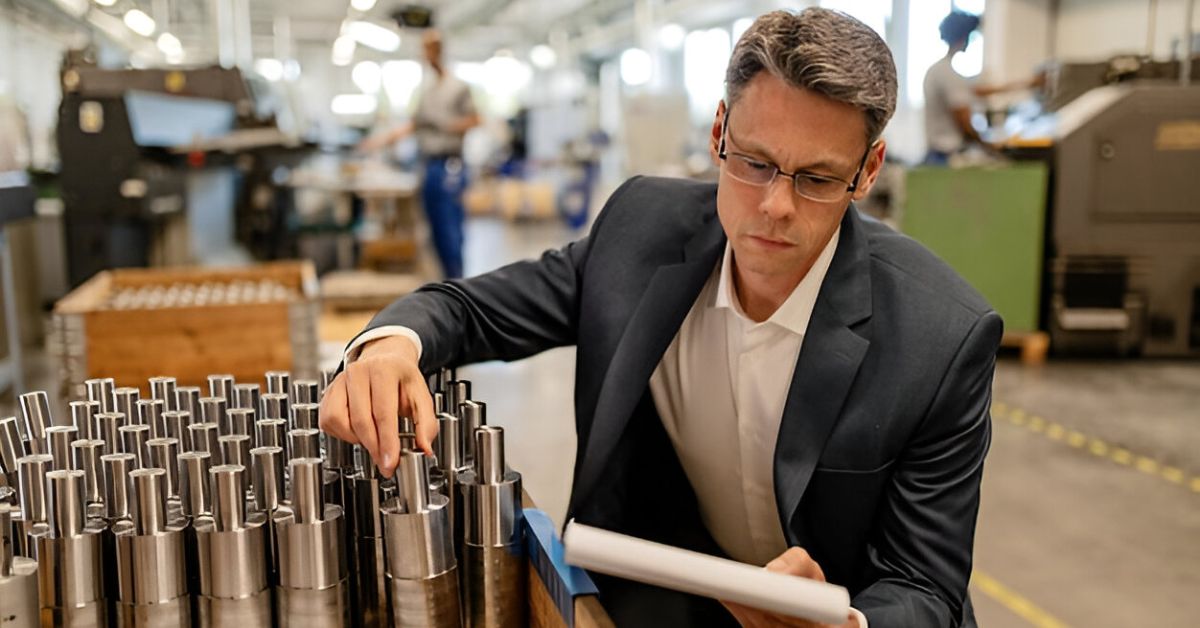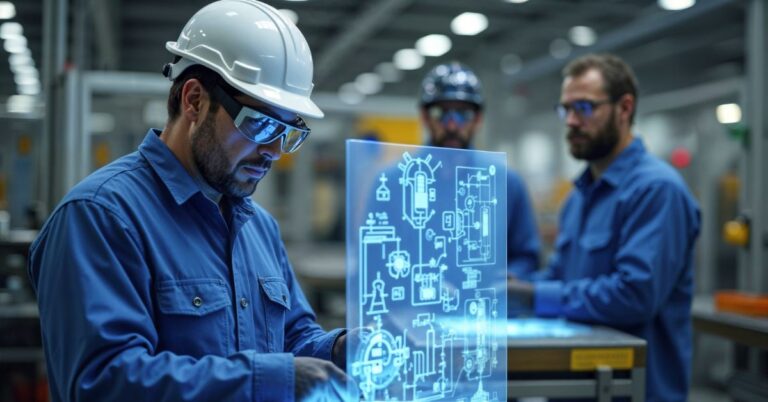Alloy Steel: Practical Benefits, Applications, and Trends in Modern Industry

Alloy steel stands out in modern industry due to its unique blend of performance attributes and versatile applications. It offers enhanced strength, improved wear resistance, and superior durability to traditional carbon steel, critical for high-stress and high-temperature environments across various sectors. Engineers value alloy steel for its ability to be tailored to specific performance requirements, whether in automotive, aerospace, or heavy machinery industries. Its balanced composition supports both structural integrity and precision in complex manufacturing processes. In addition to these benefits, evolving trends in material science have driven innovative alloy formulations that optimize performance while addressing cost and sustainability concerns. For more detailed technical insights on this subject, industry resources such as https://www.specialtysteel.com/alloy-steel/ provide valuable information. As modern engineering prioritizes safety, longevity, and efficiency, alloy steel remains central in achieving resilient and forward-thinking industrial designs. Its adaptability ensures it will remain relevant as industries evolve.
Essential Properties You Need to Know
Alloy steel is notable for its exceptional properties, especially its high tensile strength, which enables it to endure significant stress without breaking. It is often engineered for high-impact environments like construction cranes and mining equipment. Metallurgists can tailor the composition by adding nickel for low-temperature toughness or molybdenum for high-temperature strength. Fabricators value alloy steel’s response to heat treatment, enabling fine-tuning ductility, hardness, and impact resistance after production. Studies show that alloy steel tends to outlast non-alloyed steels, especially in applications involving fatigue and repetitive stress, such as train wheels and machine gears.
Common Applications of Alloy Steel
- Automotive and Transport: Alloy steel is essential for components like drive shafts, crankshafts, and gear sets that endure constant friction and pressure. These parts must withstand numerous acceleration cycles, braking, and steering, making fatigue resistance vital.
- Construction and Infrastructure: Massive architectural projects like stadiums, bridges, and skyscrapers rely on alloy steel for its high strength and weather resistance, which is crucial for the safety and stability of public infrastructure.
- Energy Sector: Alloy steel meets the energy industry’s strict requirements, withstanding rotational stress in wind turbines and coping with extreme temperature changes and chemical exposure in pipelines and drilling rigs.
- Manufacturing Tools: In manufacturing environments, tooling made from high-hardness, wear-resistant alloy steel keeps production lines running with minimal downtime, thus boosting cost efficiency and productivity.
The dynamic nature of these industries continues to drive research into advanced alloy grades and performance. As industries seek lighter, stronger, and even more corrosion-resistant materials, alloy steel’s versatility keeps it ahead of many alternatives.
Recent Trends and Innovations
Alloy steel innovation has accelerated in recent years, driven by the needs of industries like aerospace, automotive, and renewable energy for lighter, stronger, and sustainable materials. High-strength, low-alloy steels help automakers create lighter vehicles that improve fuel economy and reduce emissions. This also benefits energy-efficient buildings by minimizing foundation size and costs. Advancements in digital technology, such as additive manufacturing, facilitate the production of customized alloy steel components and optimize designs in aerospace engineering, heralding a new era in precision manufacturing.
Sustainability and Lifecycle Considerations
As the world shifts towards eco-friendly building and manufacturing, alloy steel’s recyclability stands out. With some areas’ recycling rates exceeding 80%, steel can be reused for new projects without losing quality. As environmental standards tighten and green construction becomes more popular, architects and engineers prioritize low-carbon and recycled steel. This sustainable procurement meets regulations and supports companies in achieving environmental, social, and governance (ESG) goals, reflecting a commitment to future generations.
Choosing the Right Alloy Steel for the Job
- Evaluate Your Needs: Begin by analyzing the expected operational conditions. Will the part be exposed to corrosive chemicals, high mechanical loads, or extreme temperatures? Each situation calls for a different steel formulation.
- Consult Material Standards: Industry standards, such as those from ASTM and ISO, help match alloys to intended tasks by defining compositional and performance metrics.
- Balance Cost with Performance: Enhanced performance from premium alloys must be weighed against initial costs. In critical applications, the upfront investment often translates into greater reliability and lower maintenance throughout the product’s lifetime.
- Factor in Maintenance: For industries where uptime is mission-critical—like power plants or heavy-duty manufacturing—choosing an alloy known for easy repair and replacement can significantly reduce long-run expenses and ensure operational consistency.






